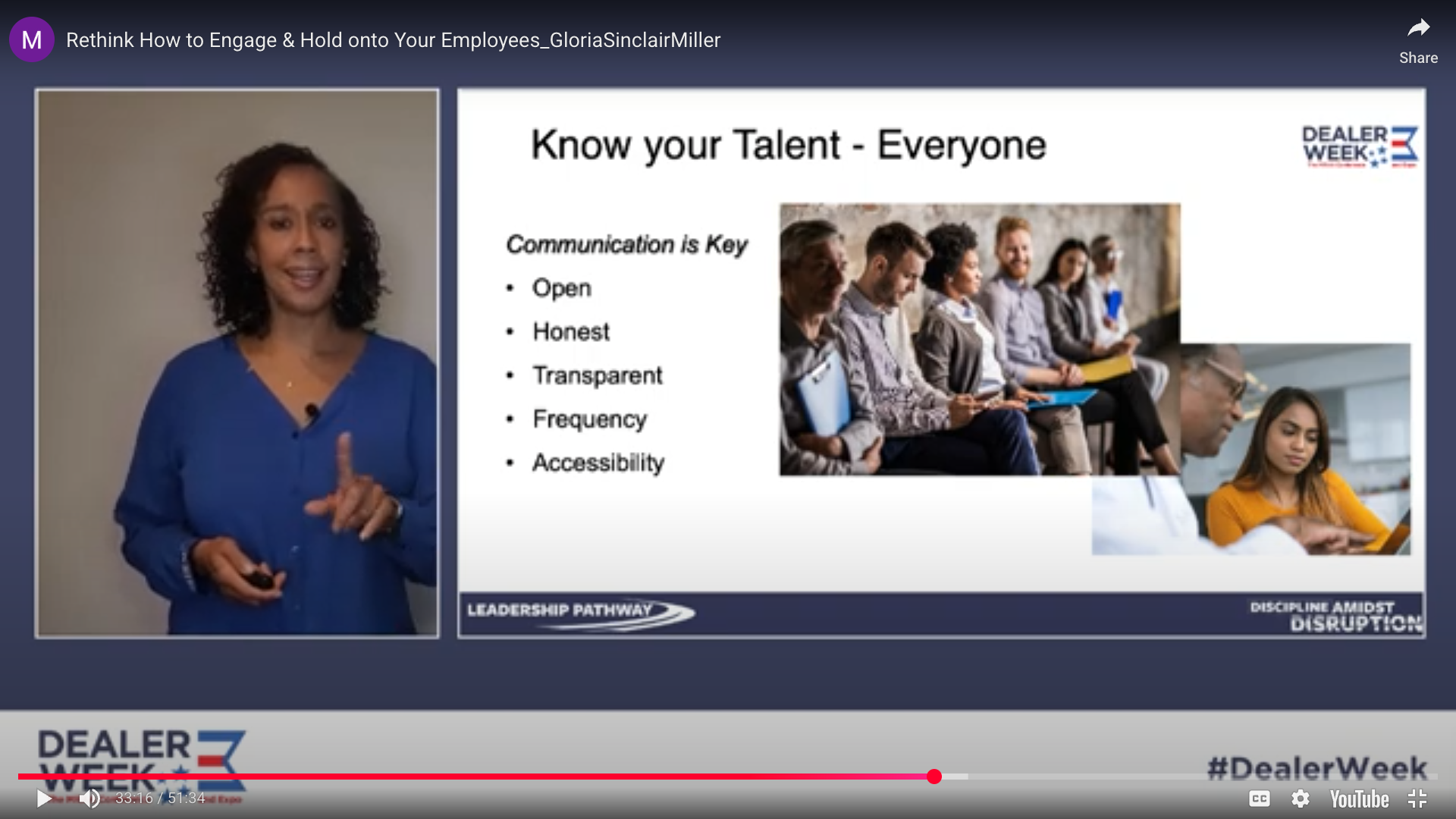When fueling up your boat at the gas station, can you tell the difference between a low-ethanol fuel that is fine for your engine and a higher blend ethanol fuel that can cause some serious damage?
A new national poll conducted by a group of organizations, including MRAA, found that the current labeling is unsurprisingly ineffective in communicating the dangers of E15 gas to boats and other small engines.
Beyond the design and wording of the label, another concern for consumers is the inconsistent placement of the E15 label at gas pumps: Roughly 70% of consumers noted that inconsistent or hidden E15 label placement made the labels less effective overall. Changing the label color from orange to red, and simplifying the design by incorporating more images also contributed to the difference.
This survey follows recent consideration by the U.S. Environmental Protection Agency to change, or remove E15 labels altogether, to encourage greater use of the biofuel. While the EPA has not specified what form these changes might take, they would likely further limit consumer warning measures and further exacerbate misfuelling.
As the survey results demonstrate, any E15 label decision that fails to prioritize consumer safeguards would likely result in significant safety and financial implications for millions of consumers of products banned for E15 use by EPA.
“The results of this survey couldn’t be clearer: the current warning label does not adequately educate consumers on the potential hazards of E15,” said Adam Fortier-Brown, Government Relations Manager for the Marine Retailers Association of the Americas. “Updating this label to be more effective is long overdue. Doing so would provide a safer fueling experience for consumers so they do not unwittingly void their warranties and reduce the longevity and fuel efficiency of their engines. Our industry urges EPA to address this need by implementing a more effective label with standard placement on pumps to adequately educate consumers on current regulations.”
In addition to changing the label at the pump, MRAA supports more public education of the dangers of E15 fuel to certain engine types, installing different physical barriers at the pump such as different sized fuel nozzles or keypad systems, and a more detailed naming system for fuel so that boaters can more easily know that fuels such as “Regular 88” is actually E15 fuel.
“If there’s one thing apparent from the latest findings, it’s that we should be doing more to educate and warn consumers about the potential hazards of E15—not obscuring this information and increasing the likelihood that people will unknowingly incur costly damages,” said Nicole Vasilaros, Senior Vice President of Government and Legal Affairs at NMMA. “As a representative of the recreational boating industry, making sure our boaters and the broader public have the proper information they need to make decisions at the gas pump has been a major focus of NMMA and it will continue to be in the days ahead.”
“This information highlights what many boaters already know: not enough is being done to protect us from the harmful effects of higher ethanol blends on boat engines and fuel systems. While many boaters prefer having an ethanol free option, they have learned to live with gasoline blended with up to 10 percent ethanol. It is vital the EPA act to protect boating consumers from the higher ethanol blends using tools such as clear, unambiguous labeling at the pump,” said David B. Kennedy, Government Affairs Manager, Boat Owners of the United States (BoatU.S.).




